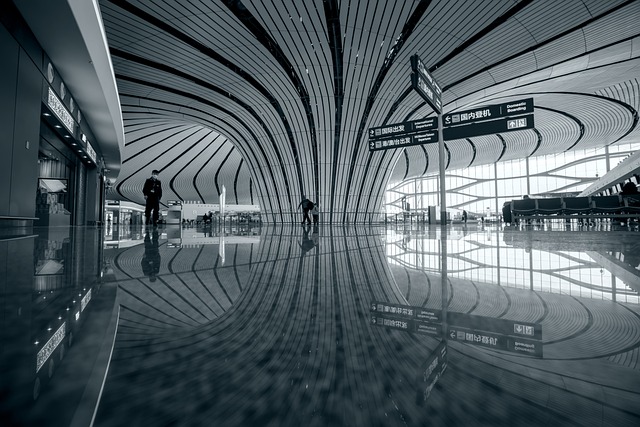Exploring the Artistic Design of Functionalism in Architecture
When we talk about functionalism in architecture, we journey into a realm where art and utility intertwine seamlessly. This design philosophy, which emerged in the early 20th century, emphasizes not only the beauty of a structure but also its purpose. It invites us to redefine our relationship with the spaces we inhabit, encouraging both appreciation and functionality to coexist harmoniously.
At its core, functionalism is a celebration of simplicity and clear lines, allowing the essence of a building to shine through. Architects like Louis Sullivan and later Modernists such as Le Corbusier and Frank Lloyd Wright showcased how structures could reflect their intended use while still serving as art. Every window, door, and corner serves a purpose, each contributing to the overall experience and aesthetic. They believed that the form of a building should emerge naturally from its function, creating a dialogue between human needs and architectural expression.
The beauty of functionalism lies in its democratic nature. You’ve likely walked past a functionalist building and felt a visceral connection to its straightforward form and unadorned character. Structures crafted under this philosophy often evoke feelings of comfort and familiarity; they might remind you of your favorite library, a community center, or even a family home, where every element feels perfectly placed yet effortless in design.
Art and design in functionalism don’t shy away from showcasing materials, whether it’s the raw texture of concrete or the sleekness of glass. These materials tell their own story, inviting us to appreciate not just the aesthetic, but the craftsmanship behind that aesthetic. This approach encourages a more profound understanding and appreciation of the environment around us, prompting reflections on how we interact with our built surroundings.
Moreover, the influence of functionalism stretches into contemporary architecture, as seen in the rise of sustainable design. Modern architects continue to push the boundaries by incorporating eco-friendly materials and energy-efficient structures, marrying the traditional ideals of functionality with a contemporary understanding of environmental responsibility. The design becomes not just about creating a physical space, but a living environment that respects nature and serves the community.
When we explore the artistic design of functionalism, we learn to see architecture as more than just structures; it becomes an experience. Each building we encounter tells a story—how it was designed, how it works, and how it reflects the values of the society that created it. This synergy between art and functionality enriches our lives, grounding us in spaces that are not only beautiful but also deeply meaningful.




